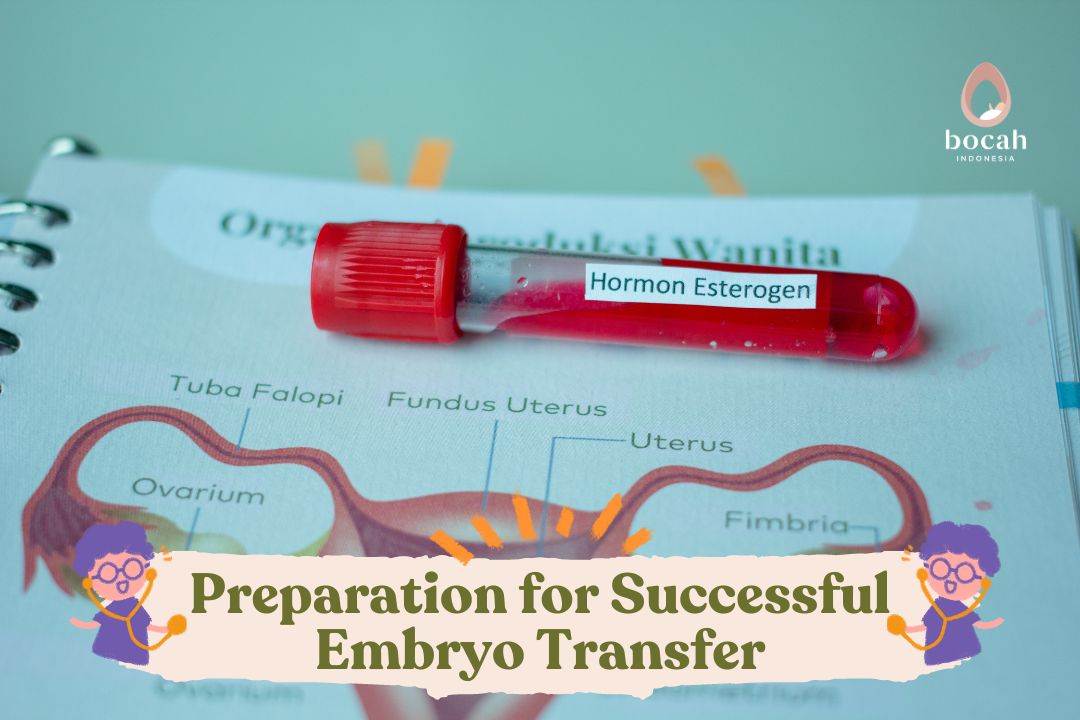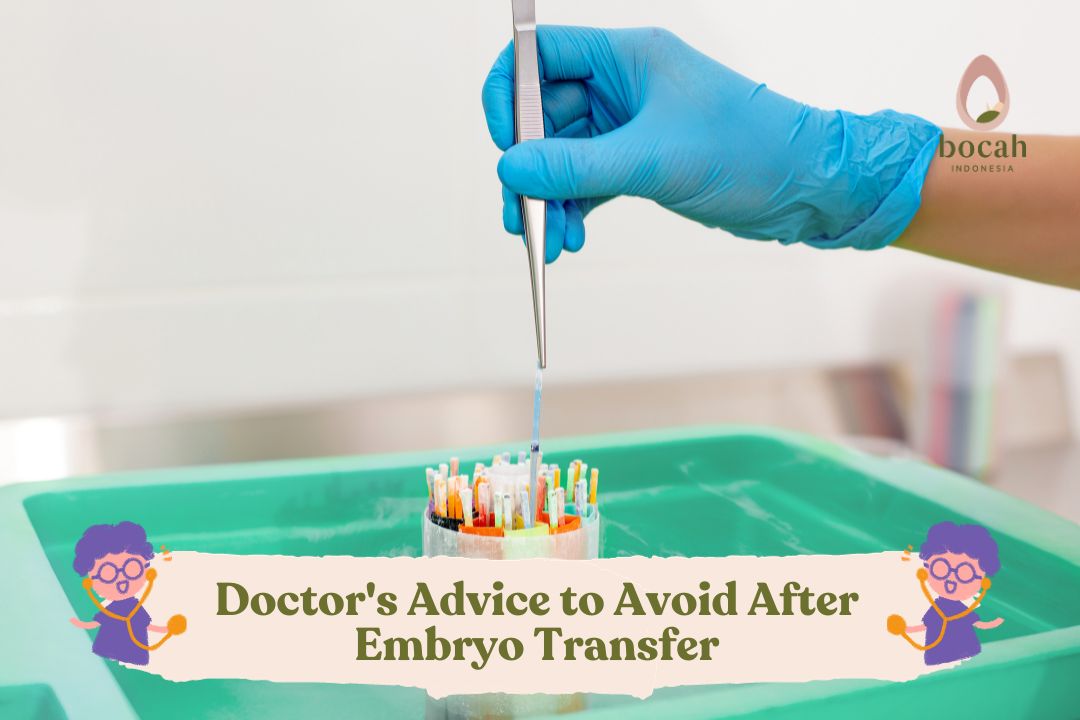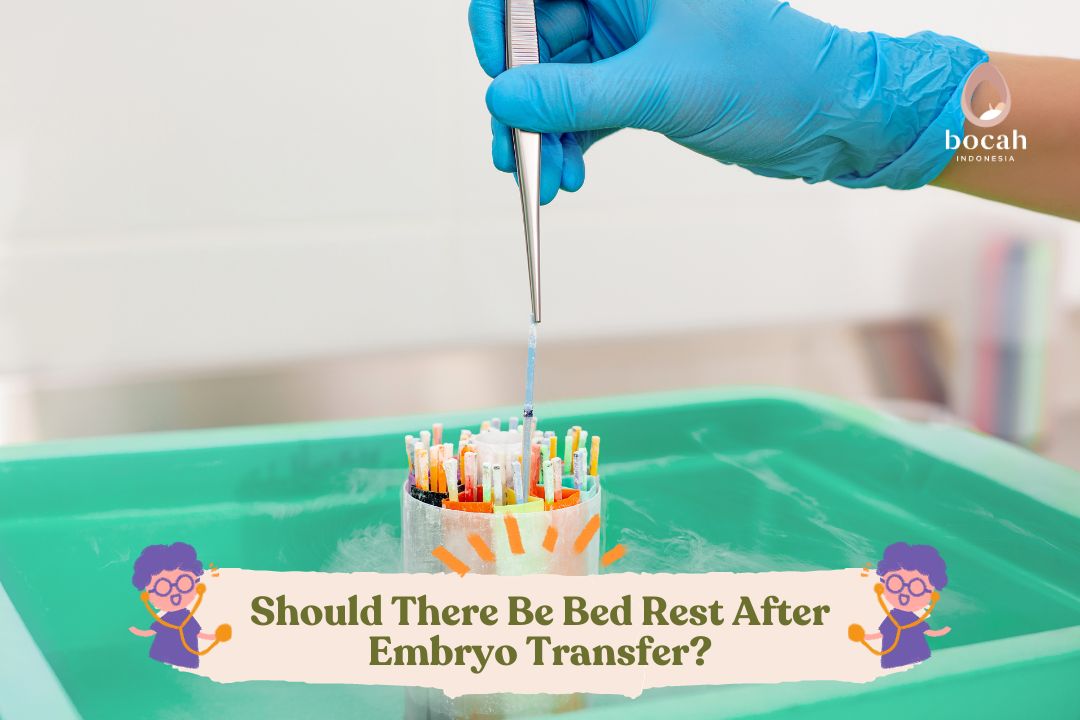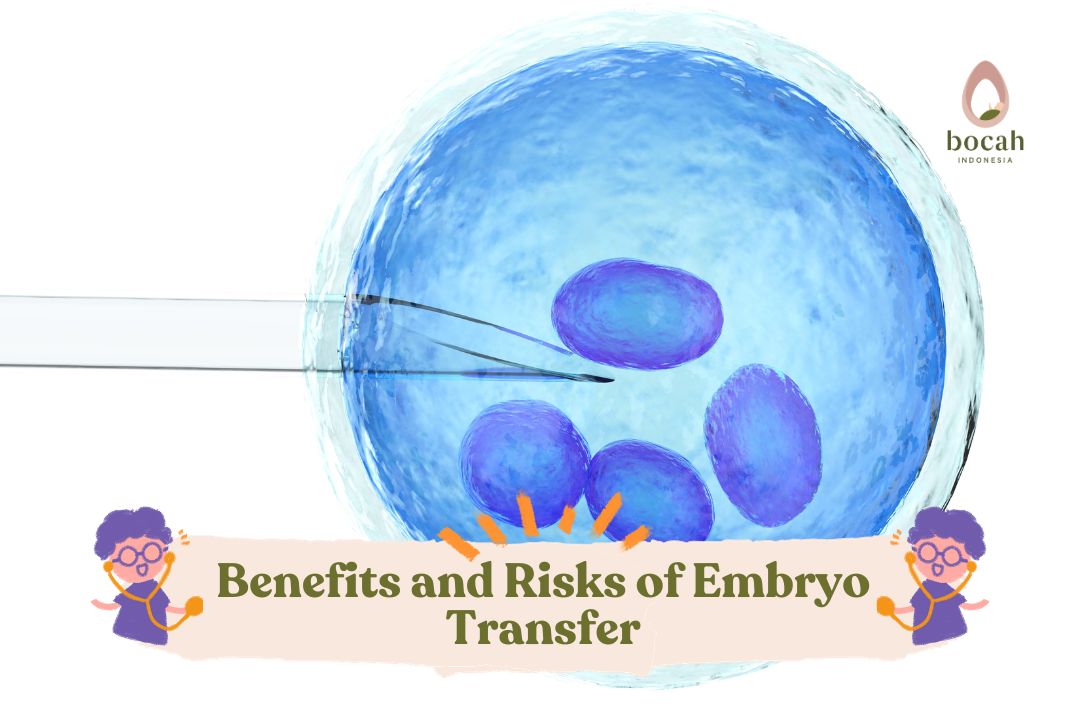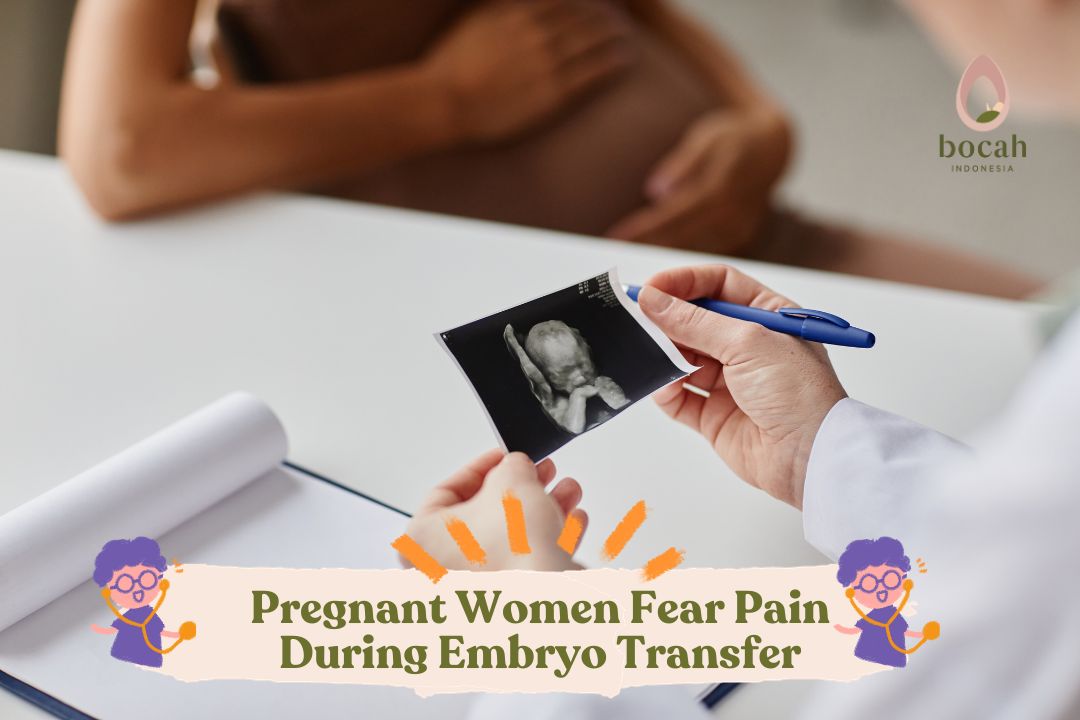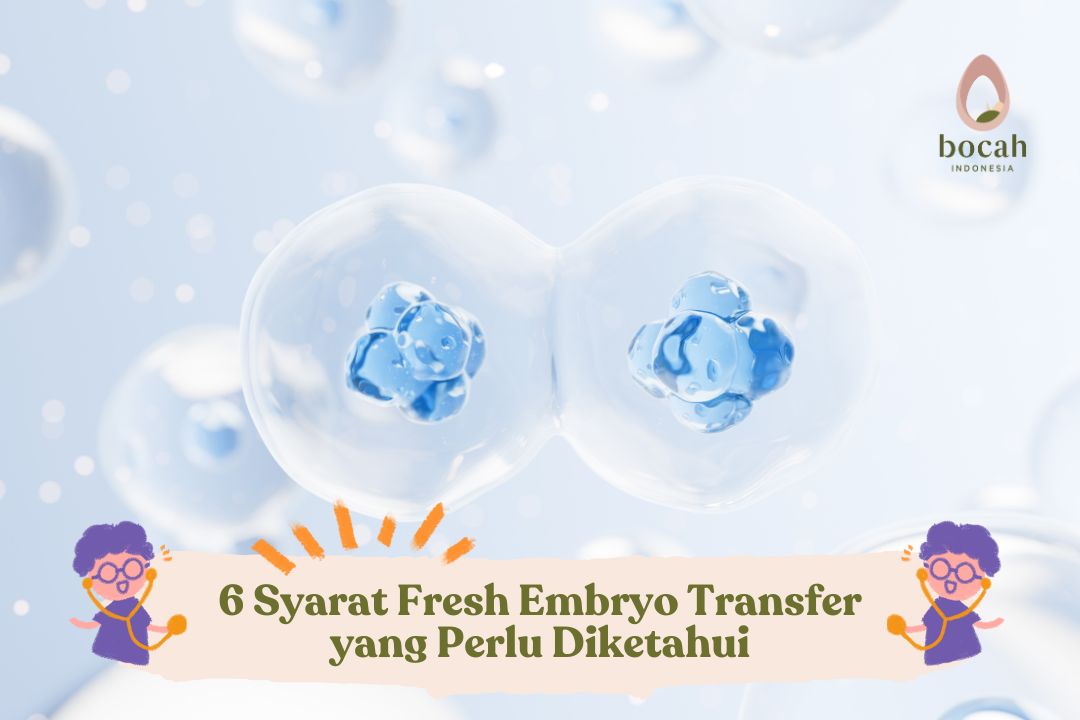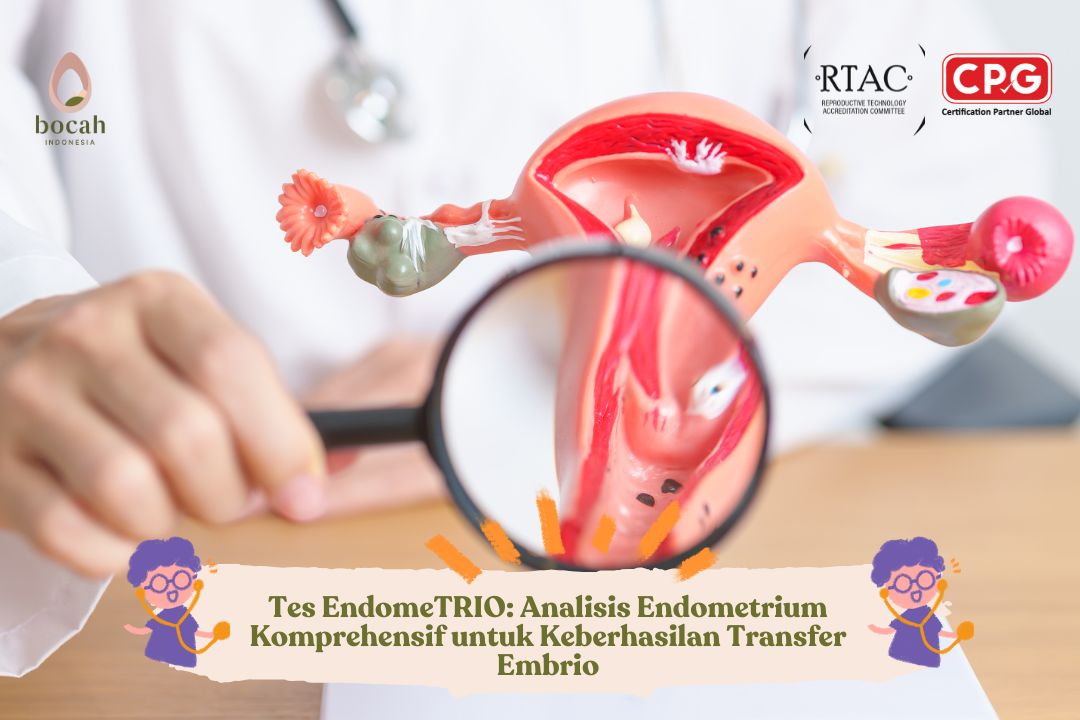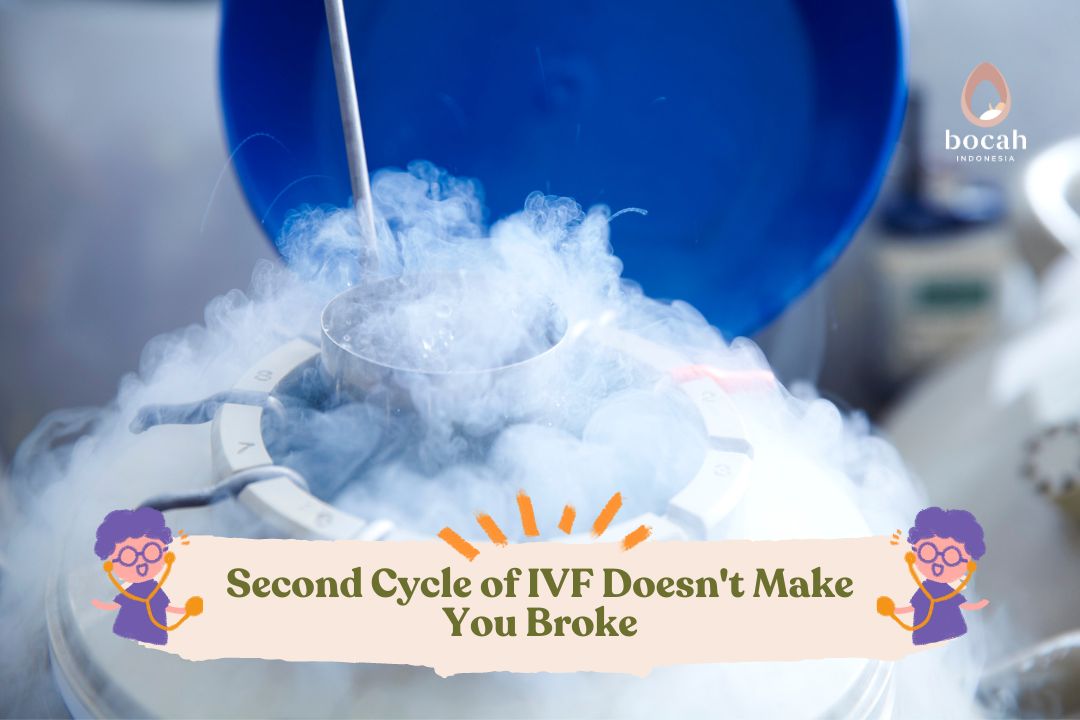Frozen Embryo Transfer Doesn’t Leave Moms Out of the Loop
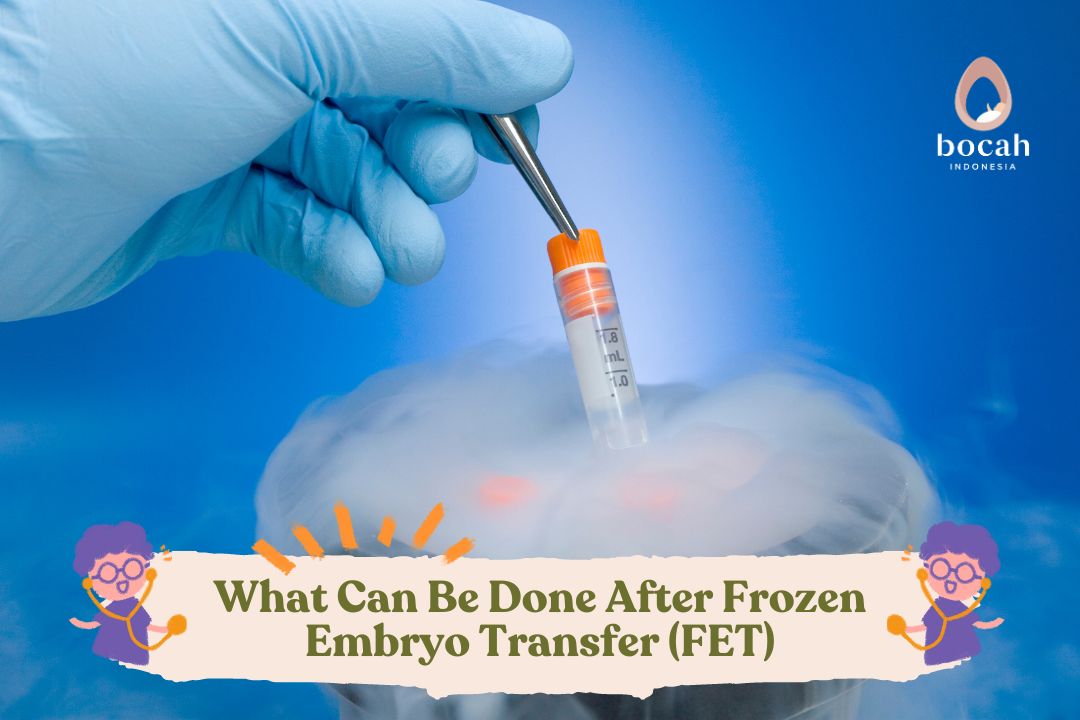
Perhaps for some couples, the term “frozen embryo transfer (FET)” is not unfamiliar. However, there might be quite a few who are still unfamiliar with the term.
Frozen embryo transfer (FET), also known as frozen embryo transfer, is one of the stages in the in vitro fertilization (IVF) process. This process is quite important within the IVF journey. FET involves transferring thawed frozen embryos into the uterus. This process is also referred to as embryo implantation.
Fundamentally, the process of frozen embryo transfer is almost similar to fresh embryo transfer (ET). Usually, frozen embryo transfer (FET) is carried out when implanting fresh embryos is not possible or when previous attempts at pregnancy were unsuccessful. This condition could be due to various factors, Moms.
Frozen embryo transfer can be chosen if you and your partner want to preserve embryo reserves for future pregnancy attempts. In this process, fertilized embryos are stored in an embryo bank equipped with liquid nitrogen at a temperature of minus 196 degrees Celsius.
Who Can Undergo Frozen Embryo Transfer?
Frozen embryo transfer (FET) can be preserved for over 10 years. There are several indications for individuals who wish to undergo this procedure, such as:
Tanya Mincah tentang Promil?
1. Having Multiple Embryos
If you’re planning to undergo in vitro fertilization (IVF), the doctor will implant one embryo into your uterus. If you have more than one embryo, the remaining embryos will be stored in the embryo bank and frozen. These frozen embryos can be preserved for future use if you intend to have more children later on. If the previously implanted embryo fails to develop, the stored embryos in the bank can be used.
2. Inability to Perform Fresh Embryo Transfer (ET)
In certain cases, the process of fresh embryo transfer cannot be performed directly due to suboptimal uterine conditions during the IVF cycle or other conditions. This leads to the necessity of undergoing frozen embryo transfer (FET) procedure.
3. Risk of OHSS (Ovarian Hyperstimulation Syndrome)
OHSS is a condition where a person produces an excessive number of eggs. This typically occurs in individuals undergoing IVF due to fertility medications. Nevertheless, frozen embryo transfer becomes a viable option for those experiencing OHSS.
4. Genetic Testing Plans
For individuals planning to conduct genetic testing on embryos before implantation, this can be done using frozen embryos. This method can also be employed if there’s a plan for dual stimulation to collect embryos. Frozen embryo transfer can be an optimal choice for individuals undergoing cancer treatment, as it offers a chance of pregnancy after treatment completion.
What Can Be Done After Frozen Embryo Transfer (FET)?
Many mothers might worry about what to do or avoid after undergoing frozen embryo transfer. Here are some guidelines to consider:
1. Maintain Regular Activities
Some mothers might be concerned and choose to avoid various activities, opting for complete rest. However, it’s actually recommended for mothers to continue moving and engaging in activities as usual. It’s important to avoid strenuous activities that could stress the body and cause fatigue.
2. Continue Taking Prescribed Medications
Even after undergoing frozen embryo transfer, it’s important to continue taking medications prescribed by the doctor. These medications often contain progesterone, which is essential for embryo transfer success. The medications are typically taken for several weeks after the FET procedure, following the doctor’s instructions. Progesterone helps ensure the embryo safely implants in the uterus.
3. Consume Healthy Foods and Folic Acid
Eating a healthy diet is not only important when planning for conception but also during pregnancy. Consuming a variety of foods including vegetables, fruits, protein, calcium, vitamin B, and iron is recommended. Folic acid is a crucial nutrient, known for its role in preventing birth defects, reducing the risk of preeclampsia, miscarriage, and premature birth.
4. Avoid Exposure to Endocrine-Disrupting Chemicals
It’s advisable to steer clear of chemicals like bisphenol A (BPA), parabens, phthalates, and triclosan. These chemicals can impact the baby’s development. Using household products labeled as BPA-free is recommended.
By understanding what actions are suitable after undergoing embryo transfer, mothers can make informed choices. Remember, you can continue regular activities, but it’s wise to avoid strenuous tasks. Let’s share this information with other mothers!
Source:
Shi, Y., et al. (2018). Transfer of Fresh versus Frozen Embryos in Ovulatory Women. N Engl J Med. 2018 Jan 11;378(2):126-136.
American Pregnancy Association. Embryo Transfer.
McLernon, D.J., et al. (2016). Predicting the chances of a live birth after one or more complete cycles of in vitro fertilisation: population based study of linked cycle data from 113 873 women. BMJ 2016;355: i5735.
Evans, J., et al. (2014). Fresh versus frozen embryo transfer: backing clinical decisions with scientific and clinical evidence. Hum Reprod Update. 2014 Nov-Dec;20(6):808-21.


